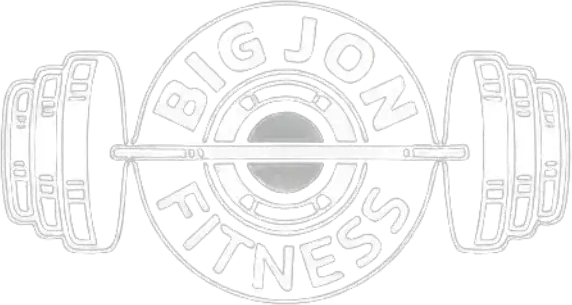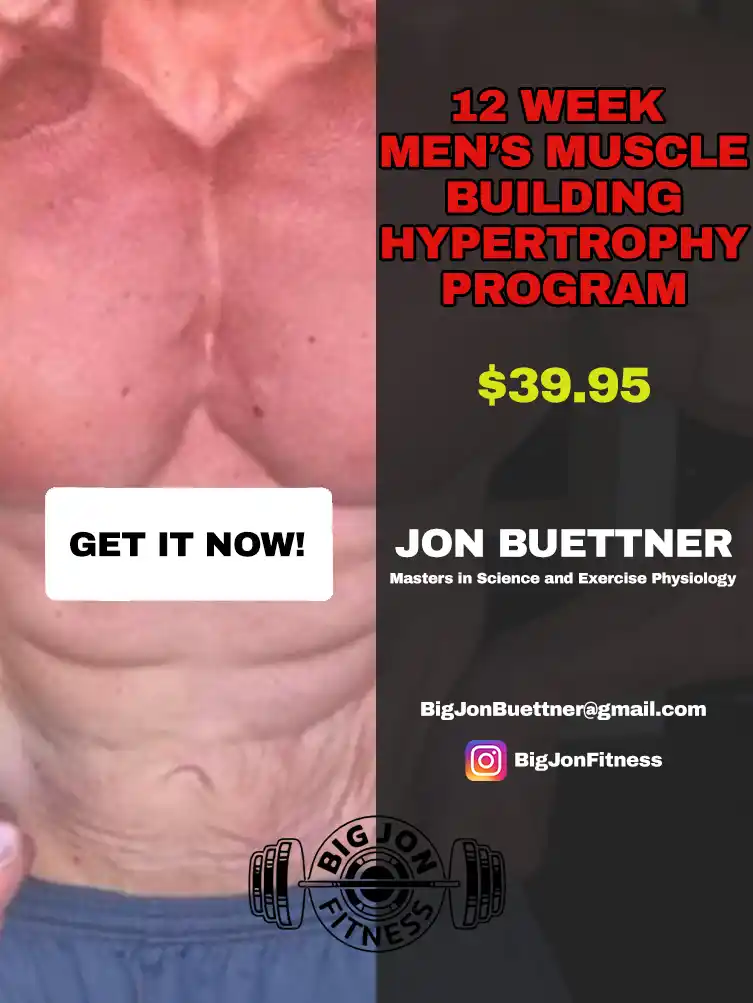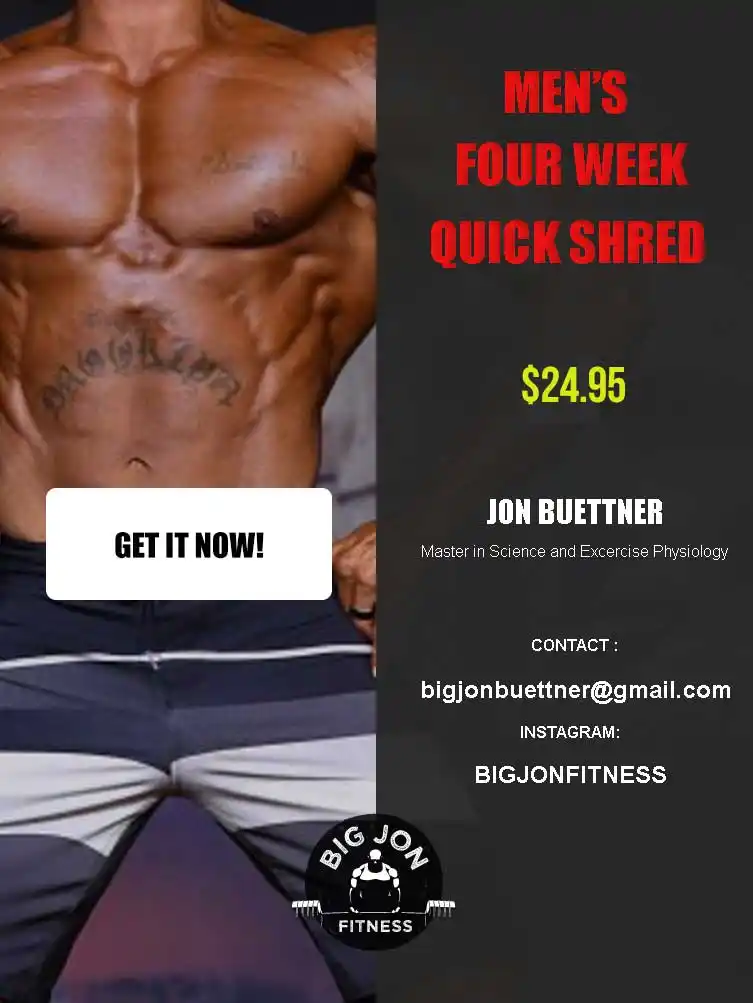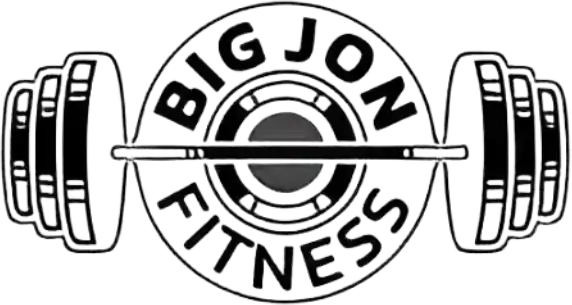How the Body Uses Energy
Your body has various energy systems that it uses when it comes to how your muscles engage in activity or exercise. ATP (adenosine triphosphate) is what your muscles primarily use to generate energy to fire. ATP only lasts for a few seconds; therefore, your body has three primary energy systems that it uses to produce more ATP and continue generating energy.
Energy system 1, Phosphagen system.
This system utilizes creatine to generate ATP, which is the primary reason for using creatine supplementation, as it helps your body generate ATP immediately, though this effect is short-lived. This system is more prevalent in activities or exercises lasting under one minute, such as weight training.
Energy system 2, Glycolysis.
This system utilizes sugar (carbohydrates) to produce more ATP without requiring oxygen. Glycolysis is the key system for developing muscle mass through training for muscle hypertrophy, which is when the cell expands or, for the individual focusing on developing muscle, grows. The reason for using carbohydrates to build muscle mass is that glycogen is the body’s primary fuel source for most activities. It can be broken down into fast and slow glycolysis as it transitions from the phosphagen system, which is suitable for shorter bouts of exercise that last longer than one minute. Additionally, it transitions into the oxidative system with moderate to prolonged bouts of exercise or activity. For an individual focused on performance-based goals, such as muscle building, CrossFit, running for 10-30 minutes, Spartan races, basketball, and so on, this will be the primary fuel source to help them achieve their maximum performance.
Energy system 3, Oxidative system.
This system still utilizes some sugar but primarily transitions into fat and ketones for ATP production with the help of oxygen. This system provides a high volume of ATP molecules. Still, these molecules are not able to sustain high-intensity exercise and are more suited for energy overtime, such as long-distance running, but not beneficial to muscle building. For individuals focusing on body-fat reduction goals, this is a system of primary focus to burn fat. Since this is the final energy system the body uses for longer endurance events, there is a transition from slow Glycolysis while using some sugar in the oxidative system. For fat loss goals, the reason for performing cardio at moderate intensity while fasting after waking or after weight training is to allow the body to be “emptier” of glycogen so that this oxidative system can be reached in a shorter timeframe.
It is common when discussing physique goals for the first time that a potential client wants to build muscle and lose body fat, which is a realistic goal for beginners. However, as individuals continue to develop their physique and become more experienced, they must then decide between the goal of training to reduce body fat or build muscle. Generally, these goals conflict with each other in terms of training and nutrition approach to achieving both goals. Therefore, one must decide between one of the other, which is why a physique athlete has an off-season phase and an in-season (contest prep) phase, or we can call it a bulking and cutting phase for the non-physique athlete.












